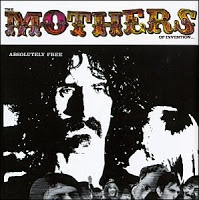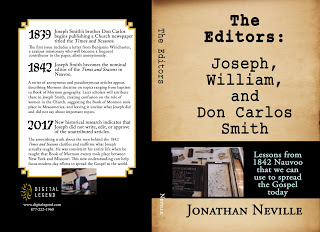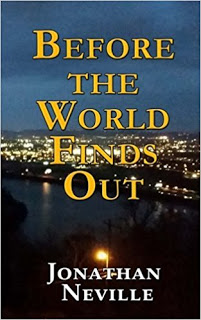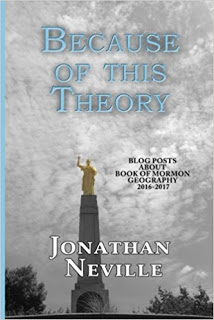- Samuel Pepys (1633-1703), the celebrated English diarist, wrote the following comments on seeing plays by Shakespeare: Romeo and Juliet – ‘the worst play I ever saw in my life’, A Midsummer Night’s Dream – ‘the most insipid, ridiculous play’, Twelfth Night – ‘a silly play.’
- Dr. Dionysius Lardner (1793-1859), professor of natural history and astronomy at London University, warned that railway trains traveling at speed would asphyxiate their passengers through lack of air. He also stated that no steamship would be able to cross the Atlantic because it would need more coal than it could carry without sinking.
- Simon Newcomb (1835-1909), the leading US astronomer of his time and a professor of astronomy and mathematics, declared that flight by heavier-than-air objects was completely impossible. After the Wright brothers made their first flights he still claimed that airplanes were impractical and worthless.
- Ernst Werner von Siemens (1816-1892), the great German engineer who developed the telegraph industry and founded the company bearing his name, declared, ‘Electric light will never take the place of gas.’
- Charles Duell was Commissioner at the US Patents Office who in 1899 gave his opinion that, ‘Everything that can be invented has been invented.’
- Ernest Rutherford (1871-1937) was the eminent British physicist who pioneered nuclear physics, discovered the alpha particle and developed the nuclear theory of atomic structure. He refused to believe that nuclear energy could be harnessed and described ideas for nuclear power as ‘moonshine’.
- Lord Kelvin (1824-1907) was a distinguished British mathematician and physicist who developed the law of conservation of energy. The Kelvin scale of absolute temperature is named after him. He scoffed at the idea of radio and stated, ‘Radio has no future.’ He also said, ‘X-rays will prove to be a hoax.’
- H.G. Wells (1866-1946) the eminent British author and one of the first science fiction writers said in 1902, ‘I refuse to see any sort of submarine doing anything except suffocating its crew and floundering at sea.’
- General Douglas Haig (1861 -1928) the commander of the British Army in WWI said in 1914 of the machine gun, ‘Make no mistake, this weapon will change absolutely nothing.’
- In 1927, H.M Warner of Warner Brothers asked, ‘Who the hell wants to hear actors talk?’
- Irving Fisher was Professor of Economics at Yale University. In 1929 he pronounced, ‘Stocks have reached what looks like a permanently high plateau.’
- Dr Albert Einstein said in 1932, ‘There is not the slightest indication that nuclear energy will ever be obtainable.’
- Admiral William Leahy (1875-1959) told President Truman in 1945, ‘The atomic bomb will not go off and I speak as an expert in explosives.’
- Rex Lambert, Editor of The Listener, wrote in 1936, ‘Television won’t matter in your lifetime or mine.’
- John Langdon-Davies, fellow of the Royal Anthropological Institute opined in 1936, ‘By 1960 work will be limited to three hours a day.’
- Sir Richard Woolley was the British Astronomer-Royal who declared in 1956 that, ‘Space travel is utter bilge.’
- Don Rowe was the director of Decca Records who turned down the Beatles. He said to their promoter, Brian Epstein, ‘We don’t like your boys’ sound. Groups of guitarists are on the way out.’
- Frank Sinatra in 1957 stated, ‘Rock and Roll is phony. It’s sung, written and played by cretinous goons.’
- Ken Olson, CEO of DEC said in 1977, ‘There is no reason anyone would want a computer in their home.’
- Bill Gates stated in 1981, ‘640k ought to be enough for anybody.’
THE 10 WORST ASSUMPTIONS MADE BY lds EXPERTS
- Joseph Smith actually edited, printed, and published the Times and Seasons during 1842.
- Only Joseph Smith, John Taylor, and Wilford Woodruff contributed to the Times and Seasons during 1842.
- Joseph Smith wrote, or approved of, every anonymous article in the Times and Seasons during 1842 between March and November.
- When they referred to Cumorah being in New York, Joseph Smith and Oliver Cowdery were ignorant speculators who misled the Church.
- Joseph Smith changed his mind about Book of Mormon geography and gradually came to believe it took place in Central America.
- Joseph Smith expected scholars to figure out where the Book of Mormon took place.
- Central America is the only place in the world that matches the description in the text of the Book of Mormon.
- The river Sidon must flow north.
- Joseph mistranslated the plates because he didn’t name tapirs, jaguars, jade, or even volcanoes.
- When Lehi landed, he and his people were absorbed into a vast Mayan culture so no traces survived.








